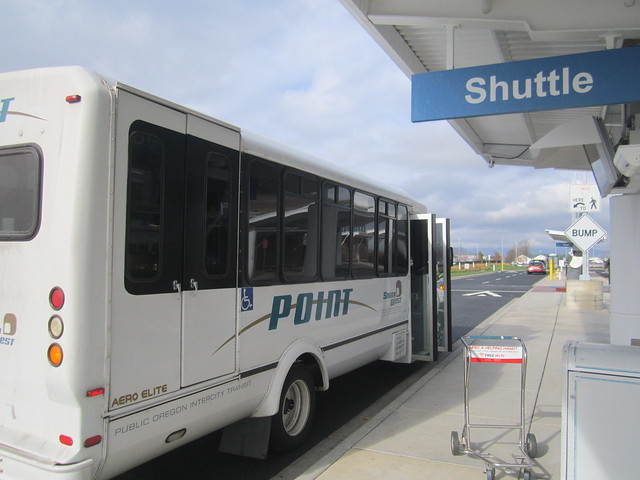Public transportation is the backbone of urban mobility, and in recent years, many cities around the world have undertaken remarkable transformations of their bus services. These changes not only aim to improve efficiency and sustainability but also enhance the overall commuting experience for passengers. Let’s explore a few cities that have made significant strides in transforming their bus networks.
1. Bogotá, Colombia
Bogotá is renowned for its innovative bus rapid transit (BRT) system, TransMilenio, which began operations in 2000. This system has reshaped urban mobility by introducing dedicated bus lanes and bus stop bus that significantly reduce travel times. TransMilenio has also prioritized accessibility and comfort with modern buses and well-designed stations. The system serves over two million passengers daily and has inspired other cities to implement similar models. Bogotá’s commitment to public transit is a testament to how a well-structured bus service can alleviate traffic congestion and promote sustainable urban development.
2. London, United Kingdom
London’s iconic red buses are a symbol of the city, but the transport authority has not rested on its laurels. In recent years, Transport for London (TfL) has modernized its bus services through a series of initiatives. The introduction of electric buses aims to reduce air pollution and promote greener public transport options. Additionally, TfL has focused on improving route efficiency and providing real-time information to passengers, which enhances reliability and convenience. These efforts are part of a broader strategy to create a sustainable transport system in one of the world’s busiest cities.
3. Los Angeles, USA
Los Angeles has long been criticized for its car-centric culture, but the city has made significant advancements in its public transportation, particularly with its bus services. The Los Angeles County Metropolitan Transportation Authority (Metro) has launched the “Better Bus” initiative, which aims to enhance bus frequency, reduce travel times, and improve overall service quality. Innovations such as the “Rapid” bus lines and bus stop bus, which feature fewer stops and dedicated lanes, have made bus travel more appealing. Furthermore, Metro’s commitment to equity ensures that underserved communities receive improved access to public transit.
4. Curitiba, Brazil
Curitiba is often cited as a model for effective urban transportation. The city implemented its BRT system in the 1970s, which has undergone numerous upgrades since then. The design of the system encourages high-capacity transit with dedicated bus lanes and integrated fare systems. Buses in Curitiba are not just a means of transportation; they are part of the city’s overall urban planning strategy, promoting compact development and reducing reliance on cars. This forward-thinking approach has made Curitiba a global benchmark for sustainable urban transport.
5. Amsterdam, Netherlands
Amsterdam, known for its cycling culture, has also made significant improvements to its bus services. The city has integrated its buses with the cycling infrastructure, ensuring seamless connectivity for commuters. Electric buses are being rolled out to minimize environmental impact, and real-time tracking systems have enhanced passenger experience. Moreover, Amsterdam’s commitment to a multi-modal transport system encourages the use of public transport over private cars, making the city more sustainable.
In the end
The transformation of bus services in these cities illustrates the potential of public transportation to reshape urban life. By prioritizing efficiency, sustainability, and passenger experience, these cities have set a benchmark for others to follow. As urban populations continue to grow, the lessons learned from these transformations will be crucial in creating future-ready public transport systems that meet the needs of all residents.
